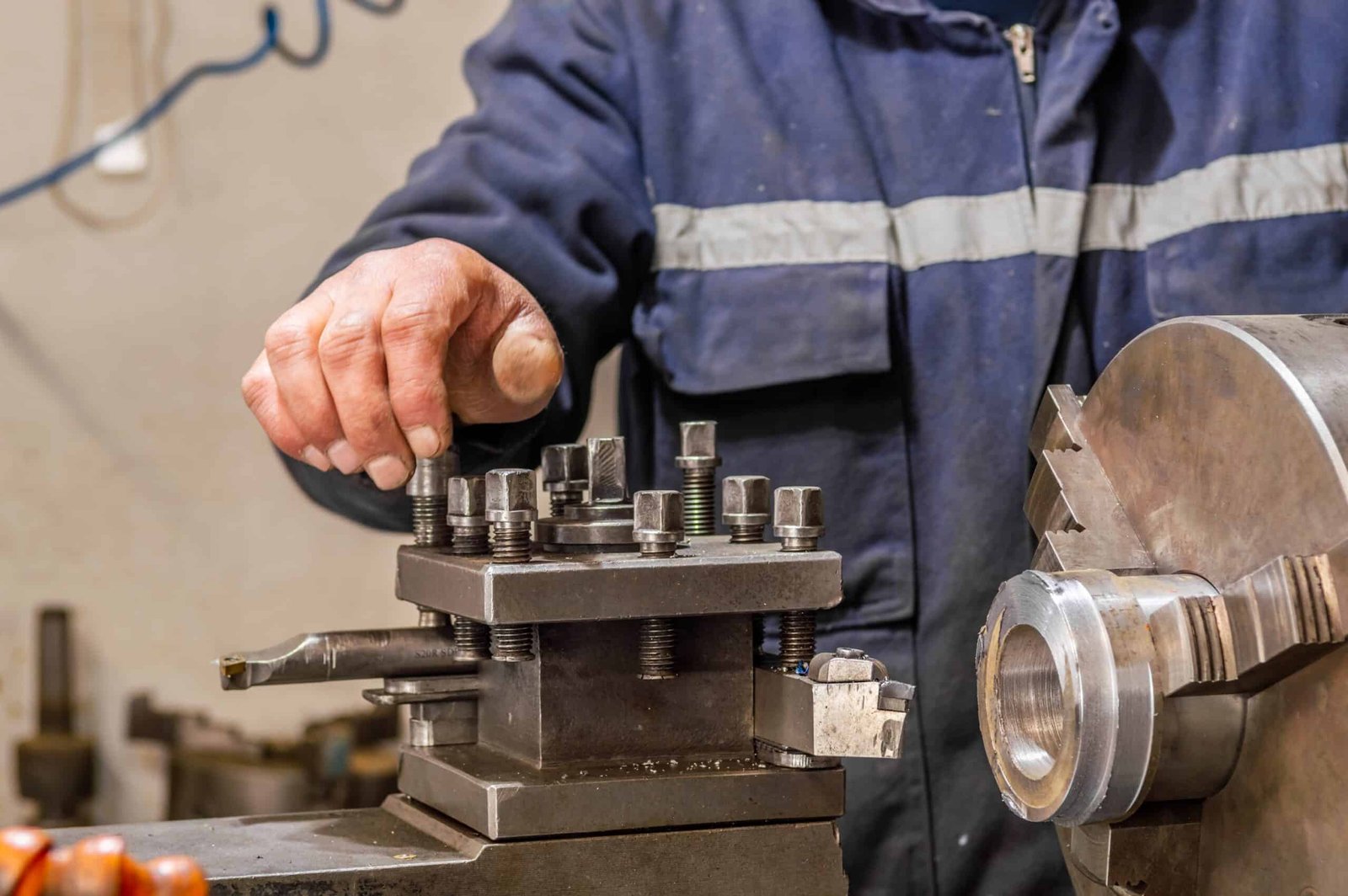In recent years, the internet has become a repository of both inspiring stories and cautionary tales, and among these, the tragic story known as the “Russian Lathe Accident” has captured widespread attention. This unfortunate incident has served as a stark reminder of the dangers present in industrial settings, especially in environments that involve high-powered machinery. Despite its infamy, there’s still a lot of misinformation surrounding the accident. In this article, we’ll unpack the details of the Russian Lathe Accident, its causes, the safety measures that could prevent such incidents, and address commonly asked questions to help clarify the event and its implications.
What is the Russian Lathe Accident?
The Russian Lathe Accident refers to a tragic incident involving a lathe machine operator in Russia. The details surrounding the exact date, location, and identity of the individual involved in the accident remain unclear, as much of the information available is fragmented and, at times, unverified. However, what we do know is that the accident involved a lathe—a powerful rotating machine used to shape materials such as metal or wood through high-speed rotation and cutting tools.
In this case, the lathe operator was reportedly pulled into the machine due to loose clothing or an unforeseen equipment failure. The high-speed rotation of the lathe led to catastrophic injuries, ultimately resulting in a fatal outcome. Since then, the term “Russian Lathe Accident” has become synonymous with the serious dangers of working with industrial lathes without proper safety protocols.
Understanding the Mechanics of a Lathe Machine
Before delving further into the details, it’s essential to understand how a lathe machine operates. Lathes are used extensively in manufacturing for shaping various materials. The machine holds the workpiece securely in place, and then it rotates at high speeds while a cutting tool removes material to form a specified shape. Due to the rapid rotation and force involved, lathes have the potential to be incredibly dangerous if not used with caution.
Common causes of lathe accidents include:
- Loose Clothing or Jewelry: Loose clothing, gloves, or jewelry can easily get caught in the rotating parts, leading to severe injuries or fatalities.
- Improper Training: Lack of adequate training can lead to user errors.
- Equipment Malfunction: In some cases, mechanical faults or lack of proper maintenance can result in sudden malfunctions.
- Lack of Protective Barriers: Barriers and shields are essential to separate the operator from moving parts. Their absence significantly increases the risk of accidents.
The Consequences of the Russian Lathe Accident
The accident has had lasting consequences beyond the initial tragedy, primarily serving as a cautionary tale across the industry. Due to the high visibility of the incident, more awareness has been generated regarding safety protocols and machinery-related hazards. Many industrial facilities and workshops worldwide have revisited their safety policies to ensure such a tragedy does not repeat.
For individuals operating or supervising heavy machinery, this accident underscores the critical importance of adhering to safety practices. The Russian Lathe Accident highlighted several issues, including the necessity of proper training, the importance of wearing fitted clothing, and the need to install protective barriers to reduce injury risks.
Key Safety Practices for Lathe Operations
Lathe safety isn’t just about following routine protocols; it requires a detailed approach that includes both preventive measures and emergency preparedness. Here are some key safety practices that can help prevent accidents similar to the Russian Lathe Accident:
- Regular Training and Certifications: All employees operating lathe machines should undergo periodic training sessions that cover the machine’s operation, potential hazards, and safety measures.
- Strict Dress Code: Operators should avoid loose clothing, gloves, and jewelry while working with a lathe machine. Hair should also be secured if it’s long.
- Proper Maintenance and Inspection: Lathes must be regularly inspected to ensure all parts are in good working condition. Lubrication, tool sharpness, and machine stability should be assessed to prevent equipment malfunctions.
- Installation of Safety Guards and Shields: Physical barriers can serve as a protective layer between the machine and the operator, minimizing the risk of accidental entanglement.
- Emergency Shut-Off Switches: Emergency switches should be placed in accessible locations. Operators should be trained to reach these switches quickly in case of an accident.
- Use of Personal Protective Equipment (PPE): Proper PPE, such as eye protection and face shields, should be used to protect the operator from flying debris.
Frequently Asked Questions (FAQs) About the Russian Lathe Accident
1. What Exactly Happened in the Russian Lathe Accident?
The Russian Lathe Accident involves an industrial worker in Russia who lost their life due to entanglement in a lathe machine. The accident was likely caused by loose clothing that got caught in the machine, pulling the worker into the rotating parts, which tragically led to fatal injuries.
2. Why Did the Russian Lathe Accident Gain So Much Attention Online?
The accident gained widespread attention because of the shocking nature of the incident and the graphic visuals that circulated on the internet. It highlighted the real dangers associated with industrial machinery and became a topic of interest and concern across social media and online forums.
3. What Are the Main Causes of Lathe Accidents?
The primary causes of lathe accidents include:
- Loose clothing or jewelry that can become entangled in rotating parts
- Inadequate safety training
- Lack of proper maintenance or malfunction of the lathe machine
- Absence of safety guards or barriers on the machine
4. Can Lathe Accidents Be Prevented?
Yes, lathe accidents can be largely prevented by implementing strict safety protocols. These include regular maintenance of machinery, comprehensive training for operators, adherence to a strict dress code, and installation of emergency stop switches and safety barriers.
5. What Safety Measures Were Missing in the Russian Lathe Accident?
Though the exact details of the accident are unclear, it’s likely that either improper clothing or lack of barriers was a contributing factor. Without protective measures like fitted clothing and safety shields, operators face a significantly higher risk of serious injury.
6. How Dangerous Is a Lathe Machine?
Lathes are incredibly powerful and can be highly dangerous if not handled correctly. They operate at high speeds, making entanglement risks particularly severe. Because of the force involved in their operation, lathe accidents can cause fatal injuries almost instantly, underscoring the need for rigorous safety measures.
7. What Types of Industries Use Lathe Machines?
Lathes are commonly used in industries such as metalworking, woodworking, automotive manufacturing, aerospace, and even jewelry-making. Any industry that requires shaping or finishing of materials may use lathe machines.
8. What Should an Operator Do if They Notice a Problem with the Lathe Machine?
If an operator notices an issue with the lathe machine, they should stop the machine immediately and report the problem to a supervisor. Attempting to fix a malfunction while the machine is running or ignoring the issue can lead to severe accidents.
The Legacy of the Russian Lathe Accident: Promoting Safer Workplaces
The Russian Lathe Accident serves as a somber reminder of the risks posed by industrial machinery. Although the accident itself was tragic, its legacy can help bring about much-needed improvements in safety regulations and practices across various industries. The increased awareness and the renewed focus on safety protocols may prevent similar incidents in the future.
Employers, supervisors, and operators must work together to ensure that all individuals are adequately trained and that all necessary safety precautions are in place. By investing in proper equipment, enforcing strict dress codes, and prioritizing worker safety, industries can create safer work environments and minimize the risk of similar accidents.
Conclusion
In the world of heavy machinery and industrial work, accidents like the Russian Lathe Accident underline the importance of safety protocols and rigorous training. The shocking and unfortunate nature of the accident has led to significant discussions within the industry about how to protect workers from the dangers inherent in their roles. Through greater awareness, enhanced training, and a commitment to safe working practices, we can learn from this tragic incident and work toward a future where such accidents are far less common.




